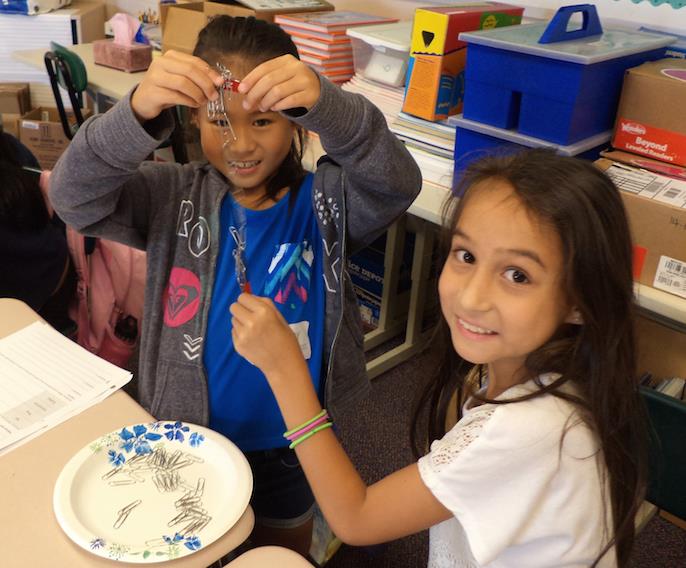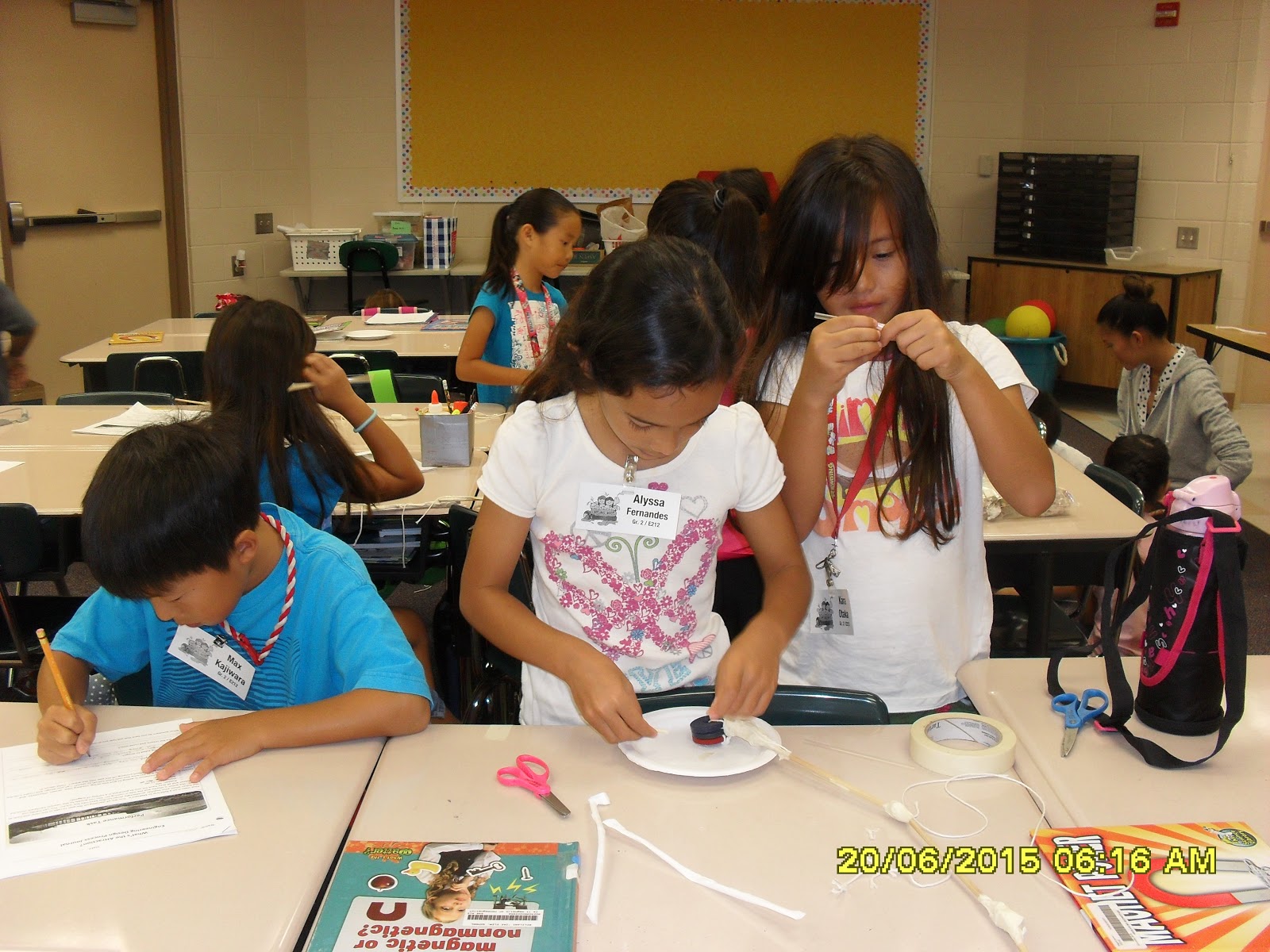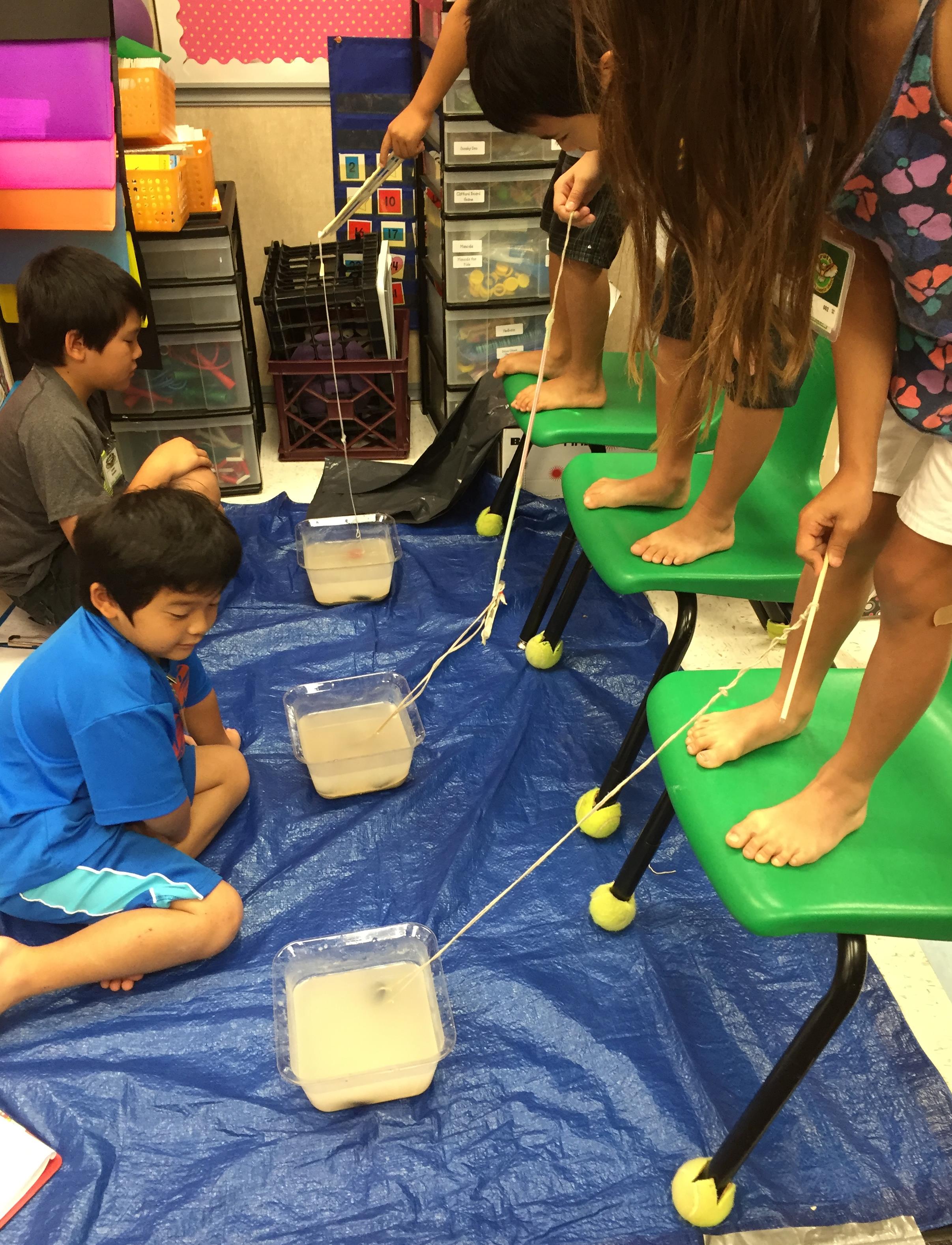The mission of NSTA is to promote excellence and innovation in science teaching and learning for all.
Future NSTA Conferences
STEM Forum & Expo
2017 Fall Conferences
National Conference
Follow NSTA
By Cindy Workosky
Posted on 2017-04-25
This month’s Digging Deeper column for the Next Gen Navigator focuses on the practice of constructing explanations and designing solutions, and specifically the design process that addresses the engineering component of the Next Generation Science Standards (NGSS). Its inclusion is relatively new in science education, and for teachers who haven’t had the opportunity to develop understanding of the engineering design process through workshops or teacher preparation coursework, it’s often viewed with trepidation.
The Framework for K–12 Science Education, the foundation of the NGSS, defines engineering as any “engagement in a systematic practice of design to achieve solutions to particular human problems.” The inclusion of the design process enables students to engage in the practical application of science knowledge to solve problems. It makes science relevant and meaningful to students. This relevancy makes learning engaging, and we know students learn when they are engaged and having fun! I think this is what makes the NGSS, and its inclusion of designing solutions, so powerful.
My journey into the engineering design process began almost 10 years ago when I was awarded a grant to purchase LEGO Mindstorms for my gifted and talented students. I had the wherewithal then to align the program to standards, guide my students to create their own challenge, and identify criteria for success. At the time, however, the science standards consisted only of the scientific and technological design processes. The technological design standard was simply stated as design, modify, and apply technology to effectively and efficiently solve problems. While the students no doubt were following this iterative process, they lacked an understanding of engineering design to facilitate their learning.
In addition, no standards addressed forces and interactions, and the crosscutting concepts of cause and effect, structure and function, and systems and systems models. I can only imagine how much more effective the students would have been with the iterative process if they had these key core ideas and crosscutting concepts to inform their design choices. (This actually emphasizes how the three dimensions work together to support learning, but that is a discussion for another blog post.)

learning the physical properties of magnets
While I still work directly with students, much of my time is now spent on professional development and coaching teachers. As a part of this work and as an NGSS@NSTA Curator, I have developed and field-tested a unit titled “What’s the Attraction?” Students begin this unit by engaging in the phenomenon of a “Magic Jar” in which a clip appears to be hovering in midair. Students are given the opportunity to ask questions based on the phenomenon observed, and because they’re always smarter than we give them credit for, one will invariably ask, “Is there a magnet in the cover of the jar?” Students then conduct a series of investigations to learn the physical properties of magnets, as well as the cause- and-effect relationships of magnetic interactions between two objects not in contact with one another (3-PS2-3).
Students are then presented with a performance task to define and solve a very real problem where we live and to apply their understanding of magnetic interactions. They are asked to design a device that can retrieve a set of keys that have fallen from a pier into the ocean (3-PS2-4). Using NASA’s Best Engineering Design Process, students ask questions to define a simple design problem based on criteria and constraints, generate and compare multiple solutions, and conduct fair tests in which variables are controlled and failure points are considered (3-5-ETS1-3). Here you see students designing their prototypes, standing on the “pier” to test their design solutions and a close-up of a prototype.

designing prototypes

standing on a “pier”
You can see the application of magnetic properties and reasoning for their design choices in this prototype: Ring magnets were the strongest among the magnet types available to them, and stacking them increased their ability to attract the keys without contacting them. The ring magnets were also small enough to maneuver easily between the rocks. The students were so engaged by this challenge that they begged their teacher to reiterate their designs a third time. With classroom instructional time for science at a premium, the teacher of this class set up a center where students could continue to improve and test their devices in their spare time.
This unit was also presented at the NGSS@NSTA Share-a-Thon held during the 2016 NSTA National Conference in Nashville, and generated suggestions to include scenarios of keys lost in a farm field or dropped through a subway grate.
Designing solutions with students is a teaching joy, and student-driven investigations are now easily accomplished, but my NGSS journey is far from over. What I still have to work on is facilitating students in the actual planning of their investigations. Even as a coach and a professional developer, I am still an NGSS learner.
I hope my journey will encourage you to continue on yours. Furthermore, I hope the unit I shared provided a concrete glimpse of what NGSS implementation looks like, and that it might spark ideas about how you could do it in your own classroom. They say a journey of a thousand miles begins with a single step, so go ahead: You can do it.

Karen Umeda
Karen Umeda is a STEM Coordinator at Momilani Elementary School in Pearl City, Hawaii, and an NGSS@NSTA Curator. She is also a Project Coordinator for the Mauna Kea Scholars Program and works with a team of teachers to deliver professional development on the “Wonders of Science and STEM,” a state-supported initiative.
The mission of NSTA is to promote excellence and innovation in science teaching and learning for all.
Future NSTA Conferences
National Conference
Follow NSTA
Disclaimer: The views expressed in this blog post are those of the author(s) and do not necessarily reflect the official position of the National Science Teaching Association (NSTA).
5E Crosscutting Concepts Curriculum Inquiry Instructional Materials Mathematics NGSS Phenomena Physical Science Physics Science and Engineering Practices STEM Teaching Strategies Technology Three-Dimensional Learning Elementary